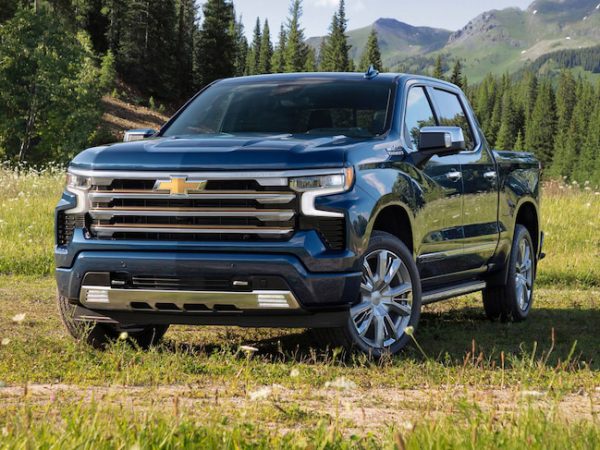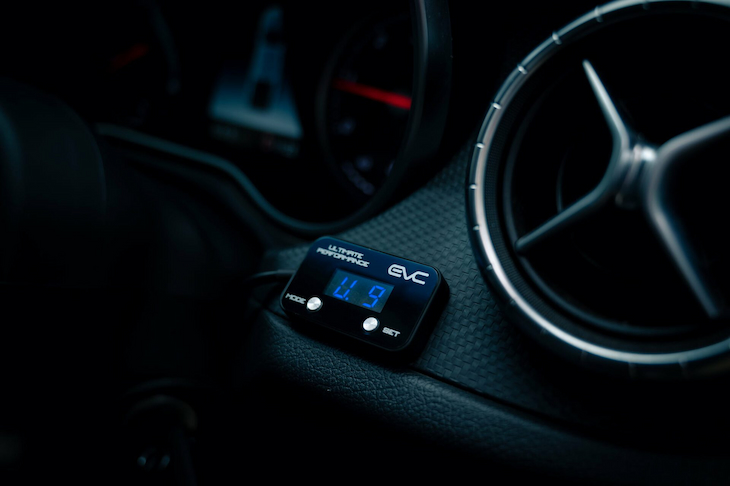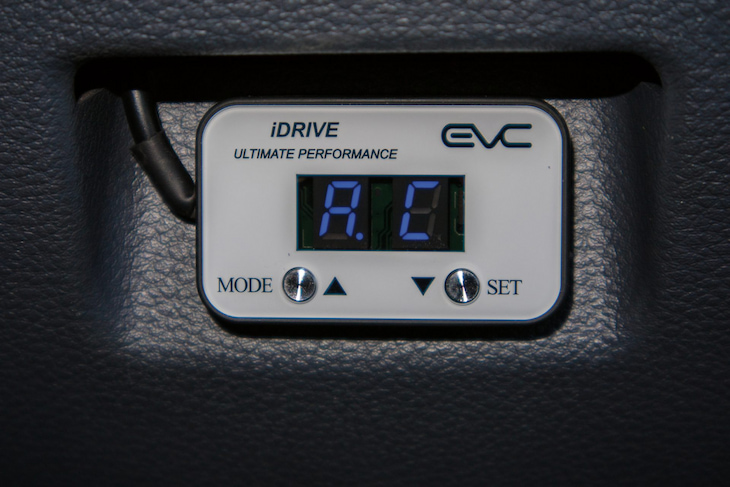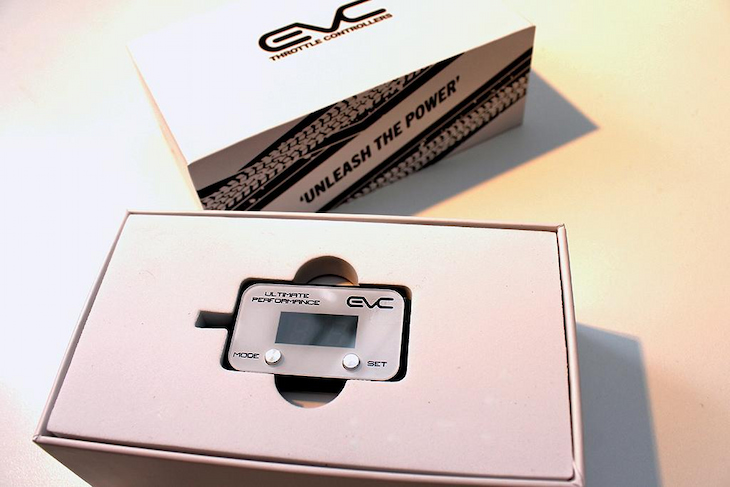15
Nov

Although Chevrolet’s Gen 3 Silverado only saw production from 2014 – 2019, it’s no wonder that they’re considered to be one of the best pre-owned, and ultimately most sought-after full-sized trucks on the market.
Available in medium-duty 1500, and heavy-duty 2500 and 3500 trim, the Gen 3s are more than just pretty faces. From a faithful core of EcoTec V6s and V8s, to their stump-pulling V8 Duramax diesel huffers, Chevy made sure that the Gen 3s had plenty of power for every occasion. Even with its broad range of powerplant options though, the Silverado hasn’t been spared a reputation for sluggish throttle response.
L83-equipped 1500s and 2500s are notorious for hesitation under acceleration, while even the mighty Duramaxes – the time their turbos need to spool notwithstanding – are known for low RPM throttle lag.
Let’s be honest: a lazy throttle isn’t something you want to experience behind the wheel of a 5,300lb pickup. Not only can it make pulling away from lights annoying, it can also make turning ahead of oncoming traffic with a trailer outright dangerous. Fortunately, though, you can fix your throttle lag in minutes; and the best part is, you can do it without hurting your warranty or your wallet.

Make no mistake: if you’re having problems with poor throttle response, then your steering, fuel economy, and even payload capacity are taking a hit too. By installing an EVC Chevrolet Silverado throttle controller module on your Gen 3 pickup though, not only will it cure the nagging throttle lag that’s been sapping your straight-line performance, it’s going to give you back all the steering and fuel economy qualities you’ve been sacrificing. It’s all going to help you manage the Silverado’s massive 14,000lb towing capacity better than you could have possibly imagined.
EVC throttle controllers aren’t tuning devices in the traditional sense; in fact, they don’t even physically connect to your truck’s throttle. They’re plug-and-play modules that install to the backside of your accelerator, and they provide new throttle map reference points between the Silverado’s ECU (Engine Control Unit) and the TPS (Throttle Position Sensor). The result of these new points is that your pickup’s TPS throttle body activates quicker across the full RPM band, giving you:
With an EVC Silverado throttle controller, you have the ability to take complete control of how to match the truck’s wide horsepower and torque curves to your real-time driving conditions, and you’re able to do it with just the press of a button.

At its most fundamental, a throttle controller simply synchronizes the electronic signal that’s being conveyed from the accelerator to the ECU. And once you understand what throttle controllers do, it’s easier to understand exactly what they can’t and won’t do.
First and foremost, a throttle controller can’t increase your truck’s horsepower. If your Duramax was cranking out 445 hp before installing a throttle controller, it’s still going to produce the same number of horses afterwards. The difference, however, is that the throttle controller is going to let you use those horses more in line with how you need to use them, as opposed to how the ECU believes you should use them.
Installing a throttle controller on your truck won’t interfere with, override, or disable any of the Silverado’s drivetrain safety features. Your ABS, StabiliTrak, and Traction Control System (TCS) will continue to function precisely as designed, only with the added benefit that you don’t need to alter your driving style anymore to compensate for the truck’s “wait-and-see” throttle response.
Like generations of other big and small block-equipped Chevys before them, Silverados love mods. And regardless of whether you’ve previously re-flashed your ECU, or you’ve managed to shoehorn a blower under the hood, not only won’t a throttle controller come into conflict with those mods, it’ll complement them. If an earlier mod has made your too temperamental to drive on the street, a throttle controller will help you smooth out its erratic behaviour.

A Chevy Silverado throttle controller kit consists of an in-line throttle control module and a dash-mounted driver interface. The control module installs completely out of sight, and it’s through the interface that you’re able to configure your Silverado’s responsiveness using any of the 20 custom settings available from it 4 unique driving modes.
Factory Mode bypasses all of the throttle controller’s custom settings and replicates the Silverado’s factory ECU mapping points. Typically, this would be the ideal setting for if your truck’s being driven by someone who isn’t familiar with the throttle controller’s settings.
When you need throttle responsiveness that’s under the factory-mapped parameters, you want Economy Mode. Its 9 custom settings give you maximum control over the Silverado’s massive amounts of torque for off-roading, heavy pulling, or any other low-speed movements.
Mapped for enhanced responsiveness, an EVC throttle controller’s Ultimate Mode includes 9 custom settings. This mode is optimized for highway driving, passing, towing, or anytime you need rapid, extra-sensitive throttle response.
In Automatic Mode, the throttle controller chooses an Ultimate Mode that best corresponds with the amount of pressure that you’re applying to the accelerator. For long drives or for towing over varying terrain, this mode lets you keep a crisp throttle without it being too sensitive.
The EVC throttle control module plugs directly into the Silverado’s wiring behind the accelerator, and doesn’t require any special tools or modifications. From start to finish, a typical installation only takes 10 minutes to complete and the process couldn’t be any simpler than:
That’s all there is to it. And with the EVC’s intuitive operating instructions, you’ll immediately notice the difference in throttle response from the first moment you hit the gas.
There’s no question about it: Gen 3 Silverados easily qualify as some of the finest trucks Chevy’s ever made. They’ve got the best balance of power, payload, and price of any earlier or even the latest generation of Silverados, but they could still use a performance boost.
Installing an EVC Chevrolet Silverado throttle controller on your 5,300lb pickup is going to give it a responsiveness that you never knew it was capable of. Because at the end of the day, Chevy’s already done the hard work by building such a potent Silverado package; all you have to do is add a throttle controller to unleash it.